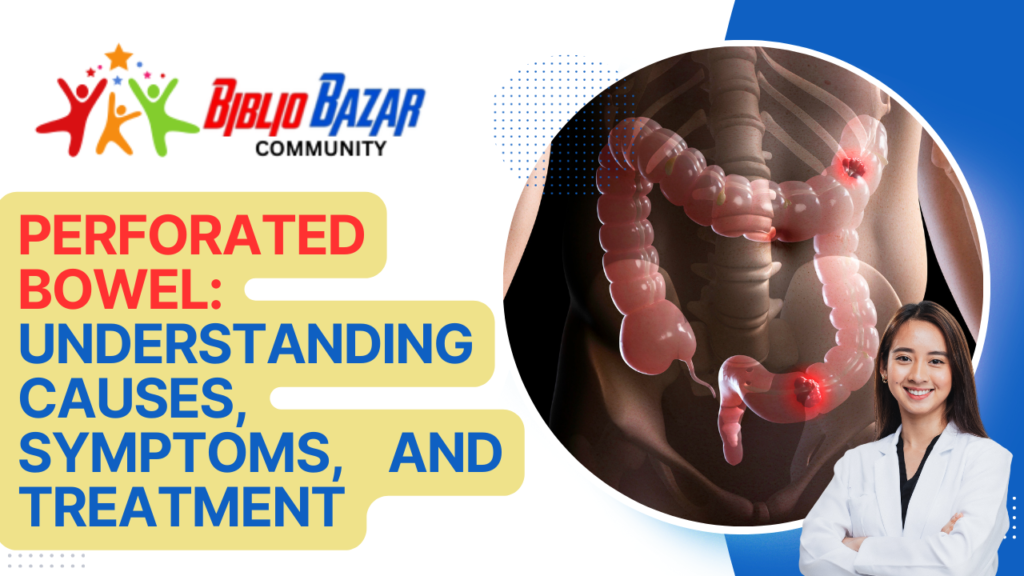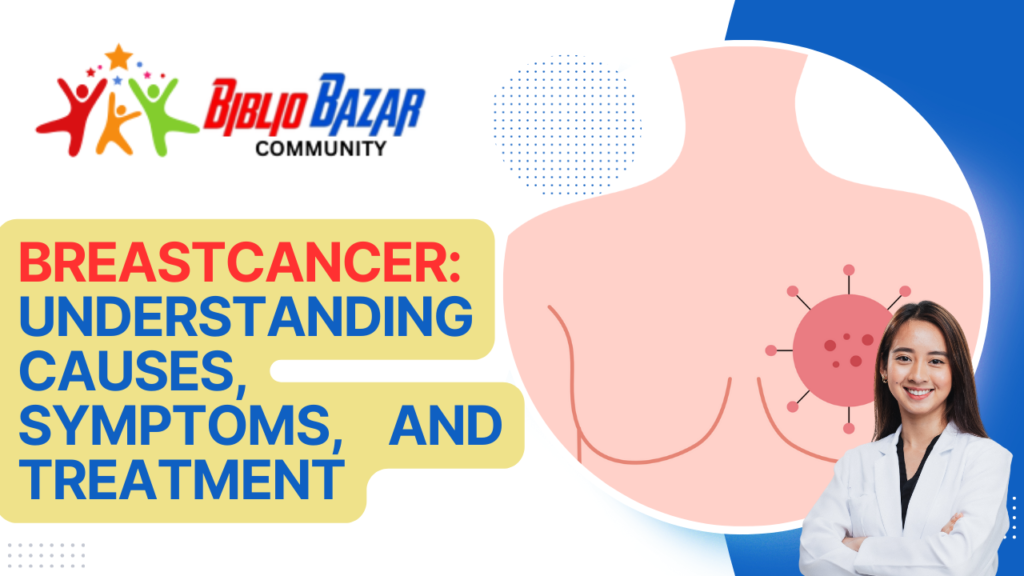
Pancreatitis is an inflammatory condition of the pancreas that can manifest in acute or chronic forms. The pancreas, located behind the stomach, plays a crucial role in digestion and blood sugar regulation by producing digestive enzymes and hormones such as insulin. In pancreatitis, these digestive enzymes begin to digest the pancreas itself, leading to inflammation and tissue damage. Acute pancreatitis is a sudden inflammation that can be severe and life-threatening, but often resolves with appropriate treatment. Chronic pancreatitis, on the other hand, is a long-lasting condition that can lead to permanent damage and affect the pancreas’ ability to function properly.
The causes of pancreatitis vary. Acute pancreatitis is commonly triggered by gallstones or chronic and excessive alcohol consumption. Other causes include certain medications, high levels of triglycerides in the blood, abdominal trauma, infections, and genetic factors. Chronic pancreatitis often results from prolonged alcohol abuse but can also be due to hereditary conditions, cystic fibrosis, high calcium levels in the blood, and certain autoimmune disorders.

Risk factors for developing pancreatitis include heavy alcohol use, smoking, obesity, a family history of pancreatitis, and conditions such as gallstones and high triglyceride levels. People with diabetes or certain autoimmune conditions may also have a higher risk. Gallstones can block the pancreatic duct, leading to enzyme buildup and subsequent inflammation, while alcohol and smoking are direct irritants to the pancreatic tissue.
Symptoms of pancreatitis can vary depending on whether the condition is acute or chronic. Acute pancreatitis typically presents with sudden, severe upper abdominal pain that may radiate to the back, nausea, vomiting, fever, rapid pulse, and a swollen or tender abdomen. Chronic pancreatitis symptoms include persistent upper abdominal pain, digestive problems, weight loss, and oily, foul-smelling stools due to the malabsorption of fats. Over time, chronic pancreatitis can lead to diabetes due to the loss of insulin-producing cells.

Treatment options for pancreatitis depend on the severity and underlying cause. Acute pancreatitis often requires hospitalization for supportive care, including fasting to rest the pancreas, intravenous fluids, pain management, and nutritional support. Infections or complications may require antibiotics or surgical intervention. Chronic pancreatitis treatment focuses on pain management, enzyme supplements to aid digestion, dietary modifications, and management of diabetes if it develops. Avoiding alcohol and smoking is crucial for both forms of pancreatitis.
Surgical management may be necessary in severe cases of pancreatitis or when complications arise. Procedures can include the removal of gallstones, draining fluid collections or abscesses, and, in extreme cases, partial or total removal of the pancreas. Endoscopic procedures can also be used to open blocked ducts or remove obstructions.

A comprehensive nursing care plan for patients with pancreatitis involves managing pain, providing nutritional support, monitoring for complications, and educating patients about lifestyle changes. Nurses play a vital role in assessing pain levels, administering medications, and ensuring adequate hydration and nutrition. They also monitor vital signs and laboratory results to detect any complications early. Patient education is crucial, focusing on the importance of avoiding alcohol, smoking cessation, and following dietary recommendations to manage symptoms and prevent recurrence.
In conclusion, pancreatitis is a serious inflammatory condition of the pancreas that can significantly impact a patient’s quality of life. Understanding the types, causes, risk factors, symptoms, treatment options, surgical management, and nursing care is essential for effective management and improved patient outcomes. Early diagnosis and appropriate treatment are critical in preventing complications and promoting recovery. Subscribe to us for more videos like this and visit bazarbiblio.com for notes and free PDF books. Thank you.
Frequently Asked Questions (FAQs)
- What is pancreatitis?
Pancreatitis is an inflammatory condition of the pancreas that can be acute or chronic, affecting digestion and hormone production. - What causes pancreatitis?
Common causes include gallstones, chronic alcohol use, certain medications, high triglyceride levels, abdominal trauma, and genetic factors. - Who is at risk for pancreatitis?
Risk factors include heavy alcohol use, smoking, obesity, a family history of pancreatitis, diabetes, and autoimmune conditions. - What are the symptoms of acute pancreatitis?
Symptoms include sudden, severe upper abdominal pain, nausea, vomiting, fever, rapid pulse, and a swollen abdomen. - What are the symptoms of chronic pancreatitis?
Symptoms include persistent upper abdominal pain, digestive problems, weight loss, and oily, foul-smelling stools. - How is acute pancreatitis treated?
Treatment includes fasting, intravenous fluids, pain management, nutritional support, and sometimes antibiotics or surgery. - How is chronic pancreatitis treated?
Treatment focuses on pain management, enzyme supplements, dietary changes, and managing diabetes if it occurs. - When is surgery necessary for pancreatitis?
Surgery is required for severe cases or complications, such as removing gallstones or draining abscesses. - What role do nurses play in managing pancreatitis?
Nurses manage pain, provide nutritional support, monitor for complications, and educate patients on lifestyle changes. - How can pancreatitis be prevented?
Prevention involves avoiding heavy alcohol use, quitting smoking, maintaining a healthy weight, and managing underlying health conditions.
Discover more from Bibliobazar Digi Books
Subscribe to get the latest posts sent to your email.


